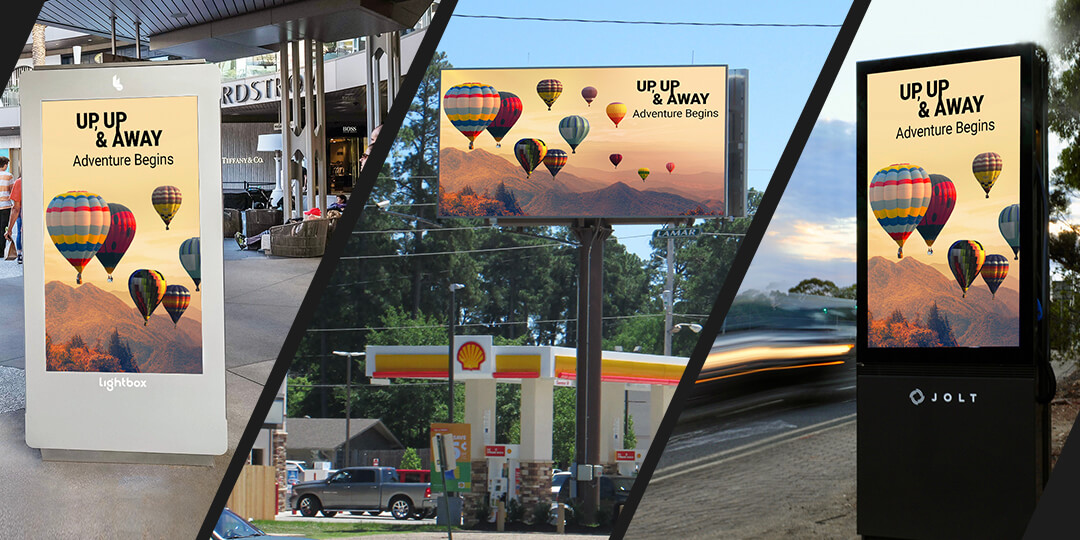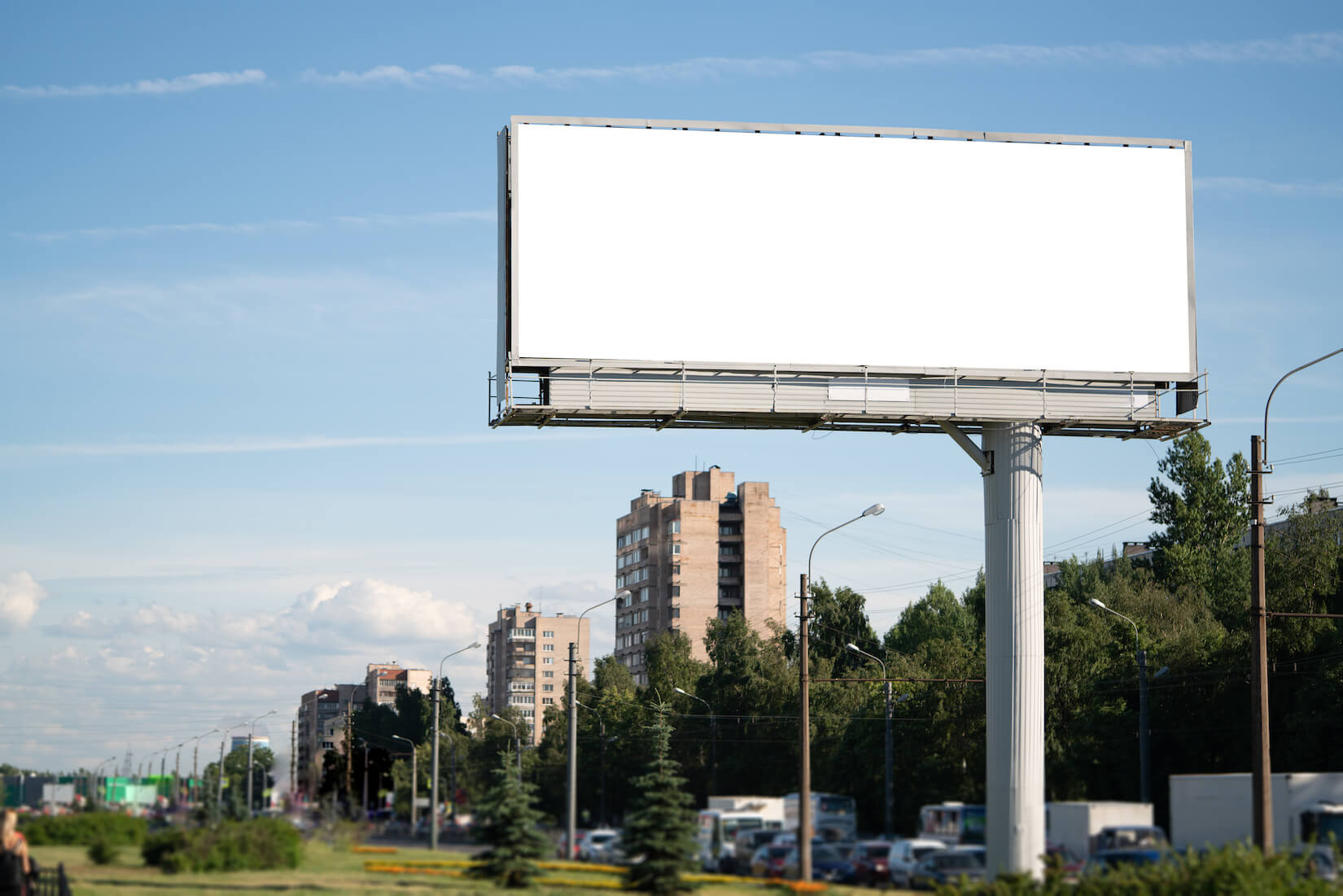
As published in Mediapost
As the country opens up and the vaccine roll out continues, we’re seeing a huge shift in consumer behavior along with optimistic anticipation for a return to the real world. Now more than ever, it’s essential for marketers to leverage data to inform their media buys and connect the consumer journey with “in the world” advertising. There are four core reasons why programmatic OOH should be part of your brand’s post-pandemic marketing strategy
1. The Flexibility of Programmatic
Once optional, the ability to respond quickly to shifting world events, in real time, is now critical — and one of the biggest benefits of activating out-of-home programmatically is the ability to stay agile. As real-world conditions continue to change, marketers can easily optimize their campaign strategy — whether that means shifting budget to different locations, adding venue types where restrictions are being lifted, or swapping in new creative messaging.
2. Data-Informed Audience Targeting
Programmatic out-of-home allows marketers to seamlessly reach their audiences at the right times and places across a variety of environments and supply sources, with no manual work required. Today’s advanced data solutions enable brands to take a closer look at consumer movement patterns and activate DOOH media – in the right place, at the right time – to engage their target audiences. Marketers can activate a custom behavioral audience based on visitation habits, use their first-party CRM or agency data or leverage one of their preferred 3rd-party segments, such as Foursquare or IRI, for programmatic OOH targeting.
3. Outcome Based Buying
Brands can understand the true ROI and real-world impact of their OOH campaign through the exposure-based measurement capabilities that exist today. Marketers can evaluate performance across the entire funnel, with metrics way beyond simple impression reporting. Programmatic out-of-home campaigns are now attributable based on consumer behavior indicators such as awareness and consideration to determine brand lift, lift in visits to brick-and-mortar locations or travel destination locations, online conversions, and lift in product sales. The major advancements in campaign measurement further positions DOOH to be a connective thread between other omni-channel touch points, enabling marketers to prove the success of their campaigns in the same vein as other mediums.
4. Making a Positive, Real-World Impact
Many channels such as broadcast news and social media can be considered negative contexts at the moment. The times when consumers are outside the house are seen as moments of relief — taking a drive, going for a walk, re-engaging with friends and family, even grocery shopping. Leveraging digital screens to connect with consumers in these contextually relevant locations will help build a promising association with your brand.
From screens inside grocery stores and pharmacies, to roadside billboards and urban panels, no matter where your audiences are spending time there are a variety of ways to reach them with digital out-of-home. Vistar has the right tools in place for you to work through a thoughtful approach, use data to back up decisions, and have a clear visibility into real-time campaign performance.
If you’re new to the medium and want to learn more, check out the DOOH Primer for Success.


